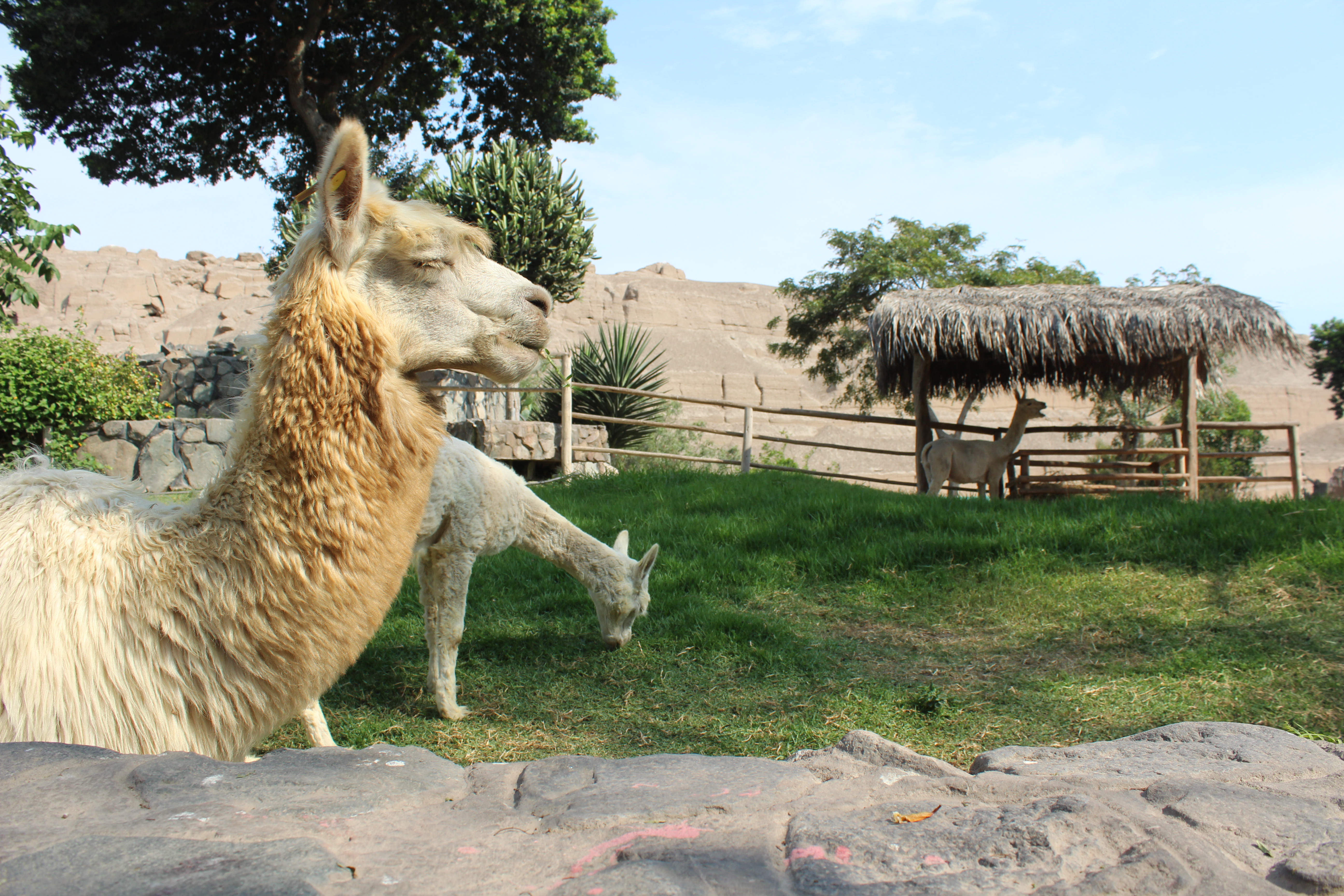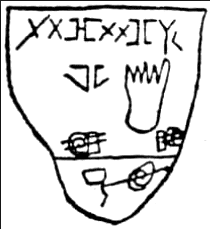An hour up the valley from where the bus had dropped me, at La Capilla, walking up the gravel track, I approach a man standing at the roadside outside a small farm building.
“You were here before” he tells me.
It had been four weeks since I had walked the road as far as the stones of Retama, and looked down and across the swollen river to Cochineros. This man had been tending his chickens in the block brick building by the Retama stone, had quietened his dog and fetched a broom to sweep the dust from the rock, and shown me the footholds to climb up to the top of the rock.
I shook his hand and asked him what he knew about the stones.
“ I have found many things…one time working in Chincheros I saw something shiny in the soil. Looking closer, I found a silver figure, this size.” He held up a calloused black-nailed farmer`s thumb.
“Another time I found a little bag, full of beads. The beads were made of stone, in white and red, blue and green. The bag was woven from vicuña.”

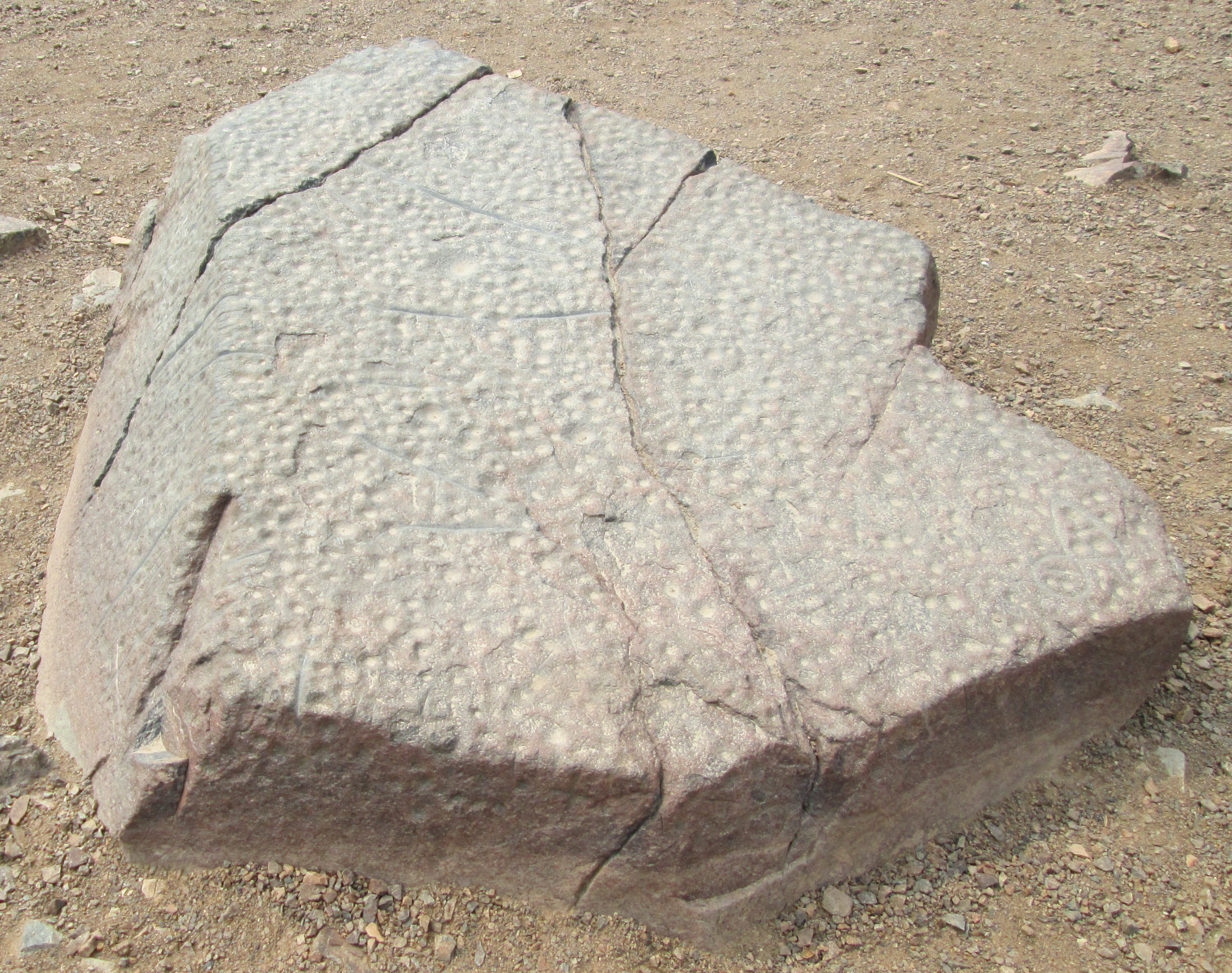

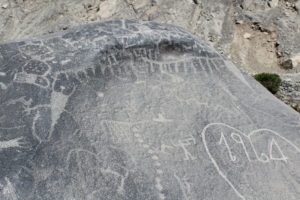 a roadside sign under a large pink prawn moulded in clay, while restaurant signs list their dishes (arroz con camarones, ceviche de camarones, camarones fritos, camarones salteados…) under a chalk drawn prawn.
a roadside sign under a large pink prawn moulded in clay, while restaurant signs list their dishes (arroz con camarones, ceviche de camarones, camarones fritos, camarones salteados…) under a chalk drawn prawn.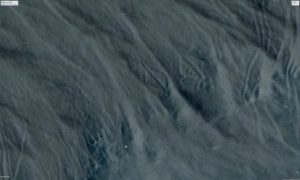 metres into the sky. The Atacama is said to be the driest desert in the world. Despite this extreme environment, there is evidence of people travelling through as early as 10,000 years ago.
metres into the sky. The Atacama is said to be the driest desert in the world. Despite this extreme environment, there is evidence of people travelling through as early as 10,000 years ago. ssed a hillside fortress town with multiple walls, marking the border between the broad irrigated coastal lands and the narrow river valley above. Further up the valley, there were intermittent signs of a historic road clinging to the hillside. And then the bus swings past Incahuasi, a large complex of adobe buildings with obviously Inca characteristics standing above the road.
ssed a hillside fortress town with multiple walls, marking the border between the broad irrigated coastal lands and the narrow river valley above. Further up the valley, there were intermittent signs of a historic road clinging to the hillside. And then the bus swings past Incahuasi, a large complex of adobe buildings with obviously Inca characteristics standing above the road. Archaeologist Corey Hoover had invited me to visit a dig at Cerro D`Oro, close to Cañete, sixty kilometres south of Mala.
Archaeologist Corey Hoover had invited me to visit a dig at Cerro D`Oro, close to Cañete, sixty kilometres south of Mala. 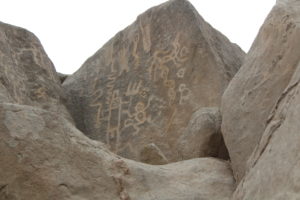
 means Jaguar) villages, cemeteries, and refuges have been found not only by the coast but through the upper valley territory too.
means Jaguar) villages, cemeteries, and refuges have been found not only by the coast but through the upper valley territory too.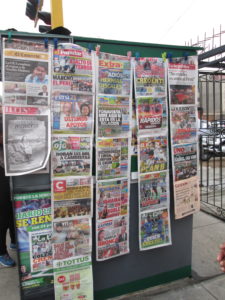 El Comercio is Peru’s biggest daily. The group owns 80% of Peru media. Its president is Jose Antonio Garcia Miro Miro Quesada, in a town where the names of your parents matter. Jose Antonio has a father from the Garcia Miro family, and a mother from the Miro Quesada’s.
El Comercio is Peru’s biggest daily. The group owns 80% of Peru media. Its president is Jose Antonio Garcia Miro Miro Quesada, in a town where the names of your parents matter. Jose Antonio has a father from the Garcia Miro family, and a mother from the Miro Quesada’s.
